Life After LASIK: What to Expect After LASIK
Medically reviewed by Dr. Anthony Nappi / December 7, 2022 / 5 min. read
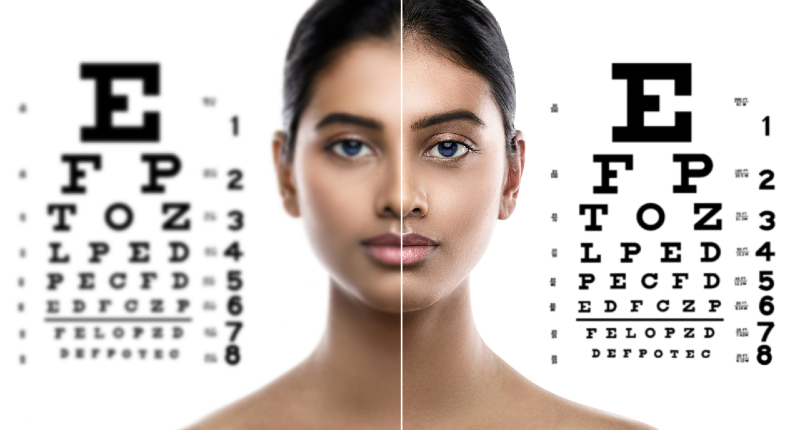
LASIK (laser-assisted in situ keratomileusis) is the most frequently-performed surgery to correct vision problems. If you have myopia (nearsightedness), hyperopia (farsightedness), or astigmatism (irregular corneas), this technology can give you clear vision without the need for glasses or contact lenses. If you’ve been deemed eligible for LASIK, you’ll want to read up on everything before and after your eye surgery. To help you out, we’ve outlined Dr. Nappi’s expectations after LASIK eye surgery including the typical recovery process, results, & tips for a healthy recovery after LASIK.
After the Procedure
LASIK surgery takes about 10 to 15 minutes for each eye and is performed by an ophthalmologist. Either the ophthalmologist or your optometrist will use numbing drops or local anesthesia, but not general anesthesia. Since you’re not made unconscious, you can go home soon after the procedure. However, your vision will be blurry, and you should not drive.
Recovery from LASIK is usually rapid. Your optician will examine your eye the day after the procedure and check that healing is progressing as expected. You must avoid rubbing your eye for some days, as the flap made by the laser has not healed. No stitches are used to hold the flap, which can easily become dislodged. Your doctor will give you an eye shield to wear at night to protect your eye.
Your vision should be good enough to drive in a day or two after the LASIK procedure.
Planning a trip? Wondering if you can fly after LASIK? Flying after LASIK is possible, but there are some guidelines to ensure a safe and comfortable trip. If you’re wondering about travel after LASIK, check out our blog on When Can I Start Traveling After LASIK? for tips and guidelines to help you plan your next journey safely.
Your eye doctor will advise you about this at the first follow-up after assessing your healing and considering the type of work you do. If your eyes are healing as expected, your doctor may permit you to go to work the day after your surgery. Taking a few days off is wise.
Vision After LASIK Surgery
You will be able to see after the surgery, but your vision will be blurred for several hours. You will regain vision adequate for daily activities over the next few hours. It may take up to 48 hours for your vision to be clear enough to drive and work on a computer. Full healing of the eye takes two to three months, after which you will have clear vision. Vision after surgery depends on how good your vision was before surgery.
LASIK surgery raises a flap on the cornea and removes a thin slice to change the shape and curvature. The procedure is calculated and controlled by a computer and precisely corrects your vision. Since the flap is replaced on your cornea, healing is rapid. You could be driving to work in a day or two. Alternative procedures like photorefractive keratotomy, which removes part of the corneal surface, need a more extended period for healing and restoring functional vision.
You will soon notice that you can see things much better at distances. This procedure often achieves 20/20 vision, but LASIK eye surgery recovery time is usually several months. More than 90% of people achieve vision between 20/20 and 20/40. Even if your vision is not perfect after LASIK surgery, you will be able to perform most daily tasks without glasses. You may need glasses for reading or driving in the dark.
The vision you achieve after your laser eye surgery procedure depends on your refractive error before surgery. The best vision is achieved by people who have the procedure for correcting mild nearsightedness. People with farsightedness, astigmatism, and high grades of nearsightedness may not achieve perfect vision after the surgery.
Your vision may fluctuate for the first few months after the procedure but will stabilize within six months. Sometimes, the surgery may result in an under-correction or overcorrection. You may need to wear glasses for optimal vision. As you age, you may need reading glasses.
Follow-Up After LASIK Surgery
Your eye surgeon or referring optometrist will give you a schedule of follow-up visits after the surgery. At these visits, they will assess your eye’s healing, test your vision, and make sure you have no complications.
The first such visit is usually with your surgeon 24 to 48 hours after the procedure. Later visits may be with your ophthalmologist or optometrist. These visits will probably be one week, one month, three months, and six months after the surgery. Regular visits help assess the success of your procedure and ensure there are no complications. Regular visits help assess the success of your procedure and ensure there are no complications. Follow your doctor’s recommendations about follow-up visits.
LASIK Recovery Tips
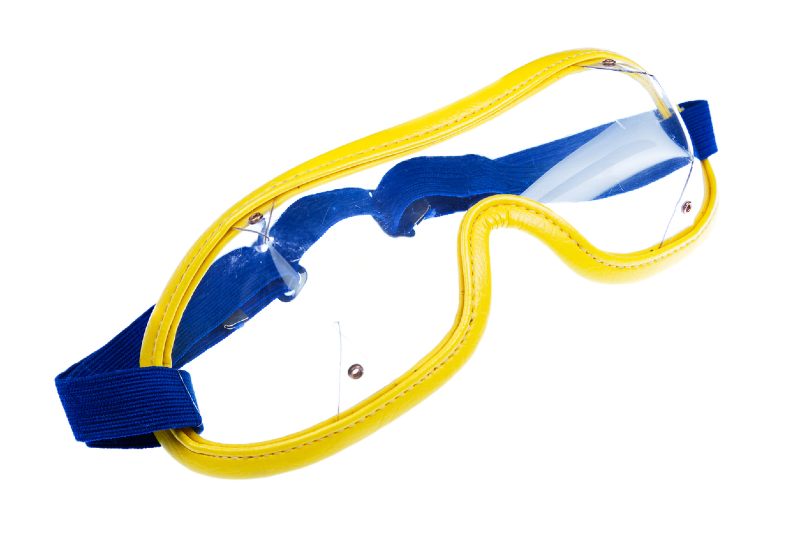
Protective night time eyewear to wear after LASIK vision correction surgery.
- Keep your eyes moist. Tear production is poor and dry eyes occur in 85% to 98% of patients after surgery. Use prescribed or over-the-counter moisturizing eye drops regularly for a few weeks.
- Preventing infection is important. Your doctor will prescribe antibiotic eye drops; use them as prescribed.
- If you do physical work, wear safety glasses with impact-resistant polycarbonate lenses.
- Remember to use eye protection during sports. You can begin low-impact sports one to three days after surgery, but don’t resume vigorous sports for two weeks. Your eye is vulnerable to damage and infection after surgery.
- Wear the shield at night for four weeks. During the day, remain aware and consciously prevent yourself from rubbing your eyes.
- If you feel irritation or grit in your eyes, put in a sufficient amount of moisturizing eye drops to wash out your eye. Be very careful about never rubbing an operated eye.
- If you feel severe pain in your eyes or your other symptoms get worse instead of better, see your doctor immediately instead of waiting for the scheduled follow-up visit. Be alert to any new symptoms, too. These could signal a complication, and early treatment is crucial to preserve sight.
What Not to Do During LASIK Recovery
When bathing, don’t let water, soap, or shampoo get into your eyes. Take care for at least a week to prevent infection.
For the same reason, avoid dust and sweat getting into your eyes. Take additional care when out in the hot sun and during physical activity.
You should avoid swimming, whirlpools, and hot tubs for one to two months. Swimming in chlorinated pools is safer than in natural water bodies.
For at least four weeks, you should avoid outdoor activities in bright sunlight, football, boxing, karate, and other contact sports. These recommendations are generalized; your doctor will tell you what you can do after examining you at each follow-up visit.
Don’t apply eye makeup for a few weeks. When applying moisturizer or lotion, avoid the area around your eyes.
Do not use contact lenses again after LASIK surgery, even if your vision is blurry. Vision will improve to functional levels in hours, and you will be able to get around your home and perform daily living tasks.
What Can I Expect During My LASIK Recovery Time?
The LASIK recovery sequence is predictable, but not the timetable. Your eye and body react differently to surgery and heal at their own rate. Here’s what to expect after LASIK surgery:
- Local side effects. Immediately after the surgery, your eye may feel a gritty sensation. Other frequent symptoms are burning, tearing, redness, light intolerance, and hazy vision. The effect of the anesthetic drops will wear off in a few hours, and you may have pain in the operated eye. Your doctor will prescribe painkiller medicines to help ease the discomfort.
- Dry eyes. Tear production is often reduced for weeks or months after LASIK surgery. Your eyes will be dry, and you will need to put in moisturizing eye drops several times a day. Dry eyes can reduce your vision, but this usually clears up in a few weeks or months.
- Visual problems. You may have halos, glare, and difficulty driving at night during this period. Decreased contrast sensitivity is also reported. About 20% of people have such visual changes after LASIK surgery. They usually clear up in three to six months.
Further Correction (Enhancement)
At your six-month visit, your eyes should have healed. Your vision should be stable, and you should be free of glare, halos, and light sensitivity. Your eyes should be producing tears, and you shouldn’t need moisturizing drops as frequently. At this time, you should have clear, distant vision.
If your vision is imperfect at the six-month visit, your doctor may advise a second procedure called a LASIK enhancement. Any eye surgery is a major decision. Your vision must be stable during two visits at least three months apart before you and your doctor can decide on any follow-up procedures. The second procedure will fine-tune your vision to give you the clearest distant vision possible.
The BDP Vision Correction Advantage
LASIK surgery is the most popular refraction correction surgery and with good reason. It takes only a short while and you can be back to work and your regular activities within a day or two. Vision correction frees you from using glasses or contacts for most activities, like driving and sports. The results are predictable and the benefits last for a long time.
The surgeons at BDP Lasik combine enormous experience with the most up-to-date technology. The centers use Contoura Vision/Topography-Guided LASIK, the latest, most precise LASIK machines available. These machines measure your eye’s curvature and refractive characteristics more precisely than was possible with earlier-generation LASIK machines. Older devices are still in use at other places and are acceptable, but they may not give you the results possible with current technology. Newer machines also have fewer unwanted side effects.
To start on your journey to life in focus, contact us today.

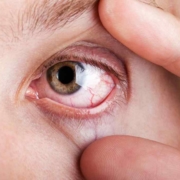
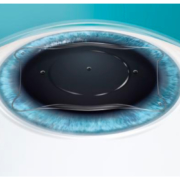
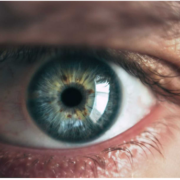

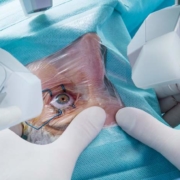 iStock
iStock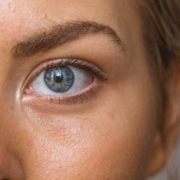
 iStock Photography
iStock Photography